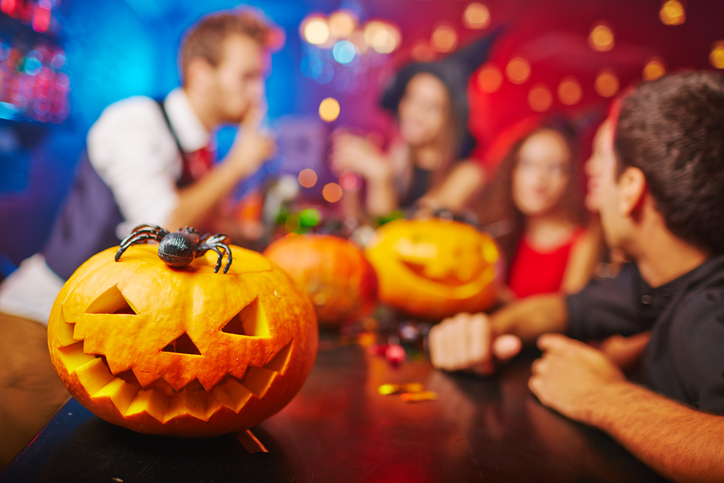Every October, Halloween lights up neighborhoods with costumes, candy, and carved pumpkins. But beneath the plastic masks and candy wrappers lies a holiday with a deep, centuries-old history that continues to evolve. In October 2025, new trends and global celebrations highlight how Halloween’s ancient roots still influence its modern form.
Ancient Beginnings: Samhain
The origins of Halloween trace back over 2,000 years to the Celtic festival of Samhain, celebrated on October 31. For the Celts of Ireland, Scotland, and parts of France, Samhain marked the end of the harvest season and the beginning of winter—a time associated with death and darkness. People believed the boundary between the living and the dead blurred on this night, allowing spirits to cross over. To ward them off, villagers lit bonfires and wore disguises. These early traditions laid the groundwork for Halloween’s spooky imagery.
Christian Influence: All Hallows’ Eve
By the 9th century, Christianity had spread across Europe, and the church adapted Samhain into All Hallows’ Eve—the night before All Saints’ Day on November 1. The new religious observance absorbed older customs but reframed them under Christian theology. The word “Halloween” itself comes from “Hallowe’en,” or “holy evening.”
Transatlantic Journey: Halloween in America
Halloween crossed the Atlantic with European immigrants, particularly the Irish who fled famine in the 19th century. In the United States, the holiday blended Celtic customs with Native American harvest traditions. The practice of trick-or-treating emerged in the 20th century, drawing from “souling” in medieval Europe, where children went door to door offering prayers for the dead in exchange for food. By the 1950s, Halloween had become a secular, community-centered holiday for children.
Symbols Old and New
Jack-o’-lanterns: Rooted in an Irish folktale about “Stingy Jack,” who tricked the devil, pumpkins replaced turnips when settlers found the squash abundant in America.
Costumes: Once meant to confuse spirits, costumes are now playful, ranging from superheroes to pop culture icons.
Candy: By the mid-20th century, candy companies had cemented Halloween as a confectioner’s dream, making it one of the year’s top candy-selling holidays.
Halloween 2025: What’s New
This year, Halloween carries both its historic depth and modern-day twists. In September 2025, several U.S. towns announced “green Halloween” initiatives, encouraging compostable decorations and reusable costumes to cut down on waste. Globally, Halloween is spreading further into Asia and South America, where festivals blend local folklore with imported traditions.
In pop culture, streaming platforms have reported record viewership for horror films during October 2025, proving that the appetite for ghost stories remains strong. Even NASA joined the Halloween buzz this year, releasing new eerie images from the James Webb Space Telescope, which scientists playfully compared to a “cosmic jack-o’-lantern.”
Why Halloween Endures
Halloween thrives because it speaks to universal themes: the changing seasons, the mystery of death, and the joy of community. While its costumes and candy are modern, its fascination with the supernatural is ancient. The mix of fear, play, and tradition ensures that Halloween, though rooted in Samhain, remains a living, evolving holiday.
As October 31, 2025, approaches, neighborhoods prepare with decorations, families buy candy by the bagful, and children plan their costumes. What began as a Celtic harvest ritual has become a global celebration—one that connects the past and present with every carved pumpkin and knock at the door.




